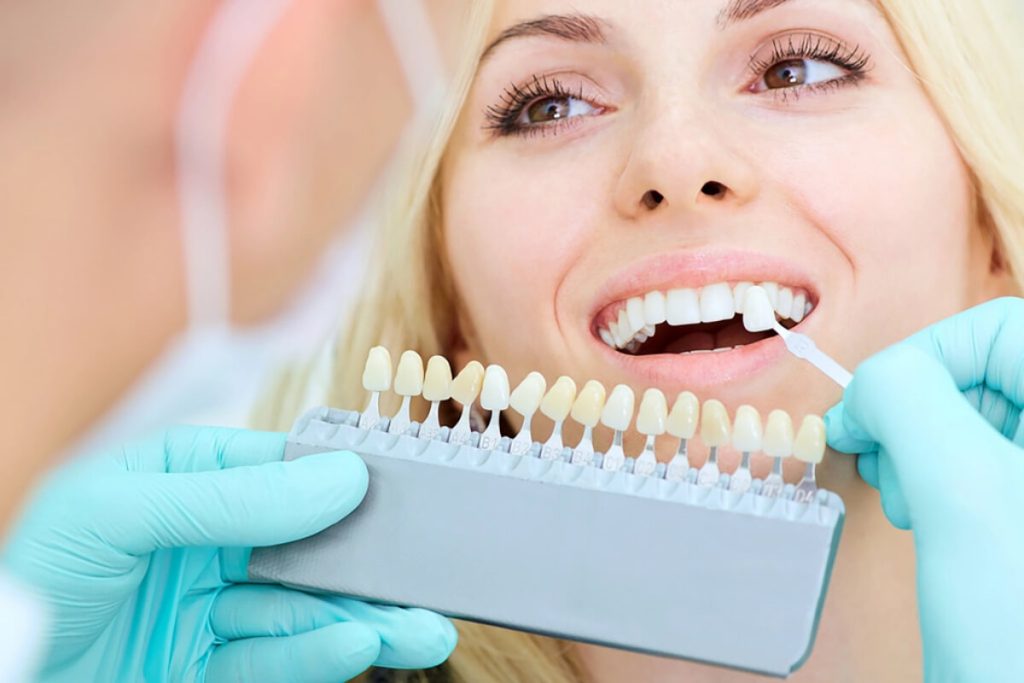Teeth whitening is a very common dental procedure that helps improve the appearance of a person’s smile in a matter of minutes. Many people have undergone this treatment and achieved drastic results. However, like other procedures such as acquiring composite fillings near you, teeth whitening can cause tooth sensitivity. This side effect is quite unpleasant and can last a couple of days. People who already suffer from tooth sensitivity can experience worsening of their symptoms after undergoing teeth whitening in Lethbridge. Nevertheless, there are ways to brighten the smiles of these patients while preventing this undesirable side effect.
Why does teeth whitening cause sensitivity?
During this procedure, your teeth become dehydrated and their pores open. As a result, the inner tissues of your teeth, including the pulp, are suddenly more exposed to the outside world. The pulp is the central part of your tooth, where the nerve lies. By being more exposed, it becomes more sensitive to any changes in temperature. In other cases, tooth sensitivity can also occur if the bleaching gel touches your gums. Thankfully, in most patients, this symptom is self-limited and it goes away after a couple of days
1. Visit a dentist in Lethbridge
There is a lot of talk surrounding all the different options available to achieve a brighter smile, but little is said about their side effects. The best way to avoid experiencing severe teeth sensitivity like the sensitivity experienced after receiving composite fillings in Lethbridge is to visit a dental clinic. First of all, your dentist will be able to examine your teeth and determine if you should undergo professional teeth whitening.
Furthermore, your dentist will apply a protective gel over your gums to prevent any contact with the bleaching agent. Also, they can apply a desensitizing gel over your teeth after the procedure to help reduce the symptoms. Not only is undergoing professional teeth whitening near you safer, but it also provides better results due to the higher concentrations of hydrogen and carbamide peroxide in the whitening gel.
2. Redesign your smile with veneers
For some people, taking all of these extra measures to limit the side effects of teeth whitening isn’t enough and they still experience them. A good option for these patients is veneers. These conceal the flaws in your smile and allow you to modify the colour of your teeth, as well as their shape. Composite-resin veneers are particularly recommended for patients with sensitive teeth since they don’t require much enamel.
3. Whiten your teeth at home
Nowadays, there are many options to brighten your teeth including at-home kits that can be found in pharmacies. These can be used by people with tooth sensitivity since their concentrations of hydrogen or carbamide peroxide are significantly lower than professional treatments. Therefore, they are safe to use and are less likely to have side effects. Nevertheless, you should consider that these won’t drastically change the colour of your teeth.
4. Focus on prevention
Considering how complicated it is for people with tooth sensitivity to brighten their teeth, you should do everything you can to prevent your teeth from becoming stained. The first step you should take is improving your oral hygiene habits by brushing your teeth at least twice a day and flossing daily. Also, it is recommended to abstain from staining foods and drinks like tomato-based sauces, soy sauce, red wine, coffee, tea, and soft drinks. Finally, if you are a smoker you should consider stopping this habit. Not only does smoking cause very hard-to-treat stains, but it also affects your oral health by increasing your risk for gum disease and tooth loss.
